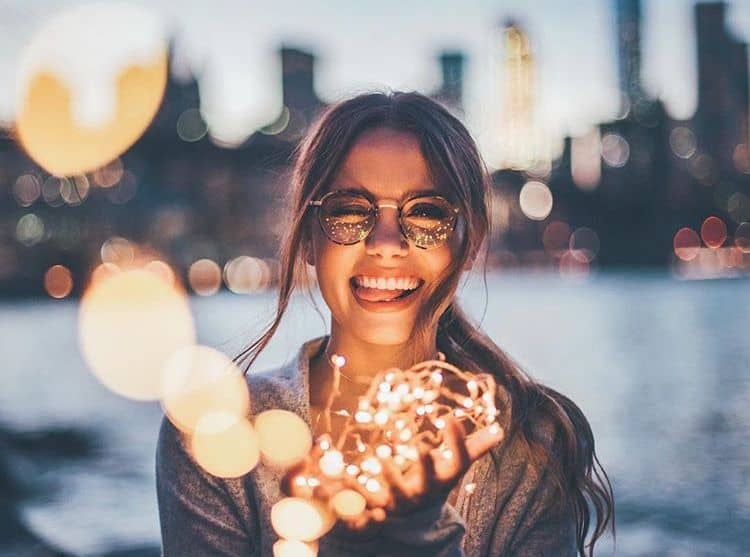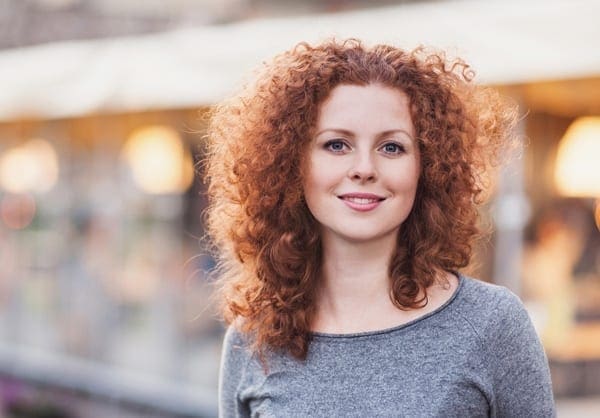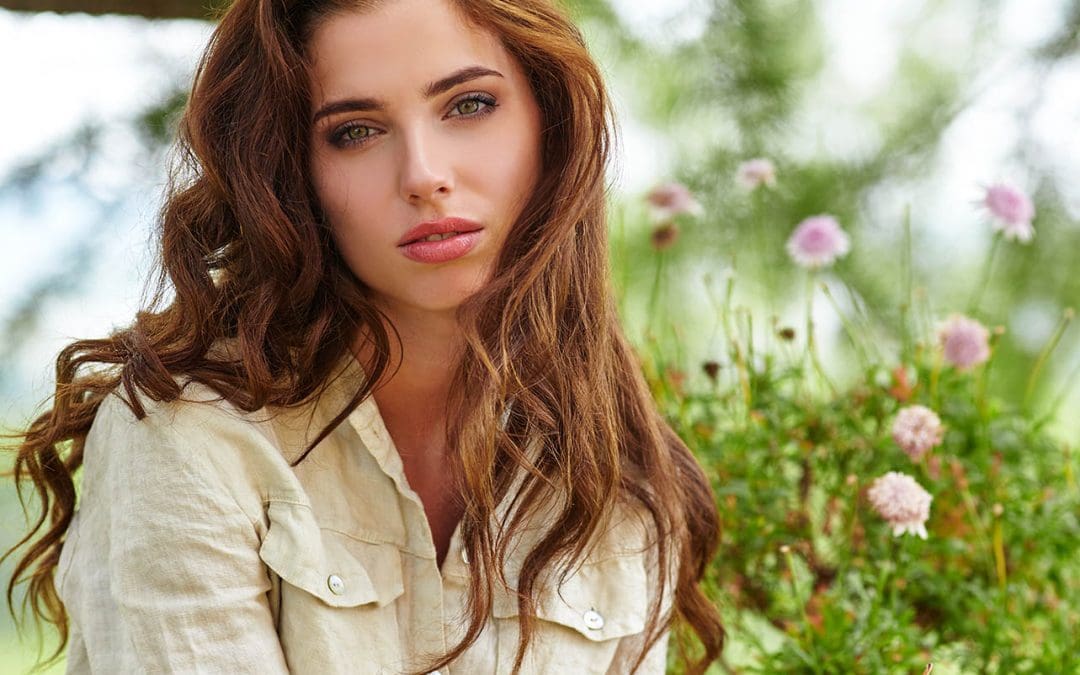Bokeh Makes Blurred Backgrounds a Clear Winner
Here at Visionair Photography, we love sharing our expert knowledge with budding photographers. This month, we’re focusing on (excuse the pun) how to achieve those stunning and ambient blurred backgrounds in your photographs – a technique referred to as “Bokeh”.
Here’s a bit of background information for those of you who are interested…Derived from the Japanese word “boke” – meaning to “blur” or “haze”, Bokeh is a photography term used to describe the perceived blurring of part of an image.
Commercial Style Portrait taken, highlighting ‘Bokeh Background’
A Bokeh background conveys a beautiful sense of dimension and depth by creating an out-of-focus blur; giving the impression that your subject is detached from the background. By allowing your eyes to concentrate on a single area of a photograph, Bokeh is an extremely effective way to direct increased attention to your subject.
Have you ever noticed a portrait set against a smooth, creamy, blurred background? Have you observed how the photograph captures the distinct emotion on the subject in contrast to the hazy surroundings? Wedding photographs along with children’s portraits are especially effective using this technique. Another setting in which Bokeh photography particularly works well is during a busy environment at night, such as in the city. The stream of bright lights combined with the buzz of the streets can be captured with stunning ambience when Bokeh is applied. Movement is yet another aspect that can be wonderfully expressed using this technique.

So How Is It Done?
The three Key factors to achieve Bokeh are:
1: Aperture
2: Distance between the subject and the background
3: Focal length of the lens
1: Aperture
Bokeh is not created by the camera – the desired blurred effect is achieved by the lens and its optics that render the out-of-focus areas. Start by setting your lens aperture to its lowest value (or its “maximum aperture”).On most good cameras, this can easily be done by selecting “Aperture Priority” on the camera mode. You should also set your “f” number to the smallest number your particular camera will allow.
Your aperture settings affect the depth of field, therefore by creating a shallow depth of field you can create the desired blurred background effect while ensuring that your subject remains in focus.

2: Distance between the Subject and the Background
The closer you stand to your subject, the easier Bokeh is to achieve. When an object is close, the lens of your camera will focus closer and the depth of field will be at its smallest. It works in the same way as our eyes – focus your eyes on your index finger and move your finger towards your eyes. Can you notice the objects behind your finger (the background) getting more and more blurred? Your camera lens works in exactly the same way; that’s why subject distance plays such a significant part in Bokeh. If necessary, use your zoom to get up closer to your subject.
Whereas a close proximity to your subject is essential for achieving a stunning blurred effect, the distance between your subject and the background should be short. If your subject is positioned too close to the background, the Bokeh background will be significantly jeopardised.
In order to achieve a visually-appealing Bokeh, your subject should be positioned away from background objects. For example, if you are photographing a Bride and Groom standing very close to a tree branch with flowers, you run the risk of the flowers not being totally out of focus – a messy result. If your subjects moved closer to you, on the other hand, thus increasing their distance from the flowers, then the flowers would appear completely out of focus.
3: Focal Length of the Lens
By maintaining the distance between your camera and your subject, you can decrease the depth of field by increasing the focal length of the camera lens. If you use a zoom lens, you should zoom in to the maximum focal length to further isolate your subject from the background. In theory, the longer your lens is, the better the Bokeh background you will achieve. However, the depiction of the out-of-focus significantly depends on the optics of the lens. In other words, only use a good quality long lens!
Finally, try to use the fastest lens you have as aperture effects the depth of field. The most effective lenses for striking Bokeh background effect are portrait lenses equipped with large maximum apertures and highly optimized optics for portraiture.
“Don’t shoot what it looks like. Shoot what it feels like.”
David Alan Harvey

